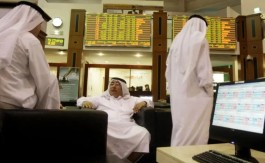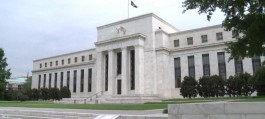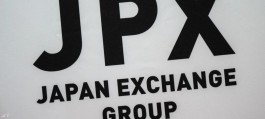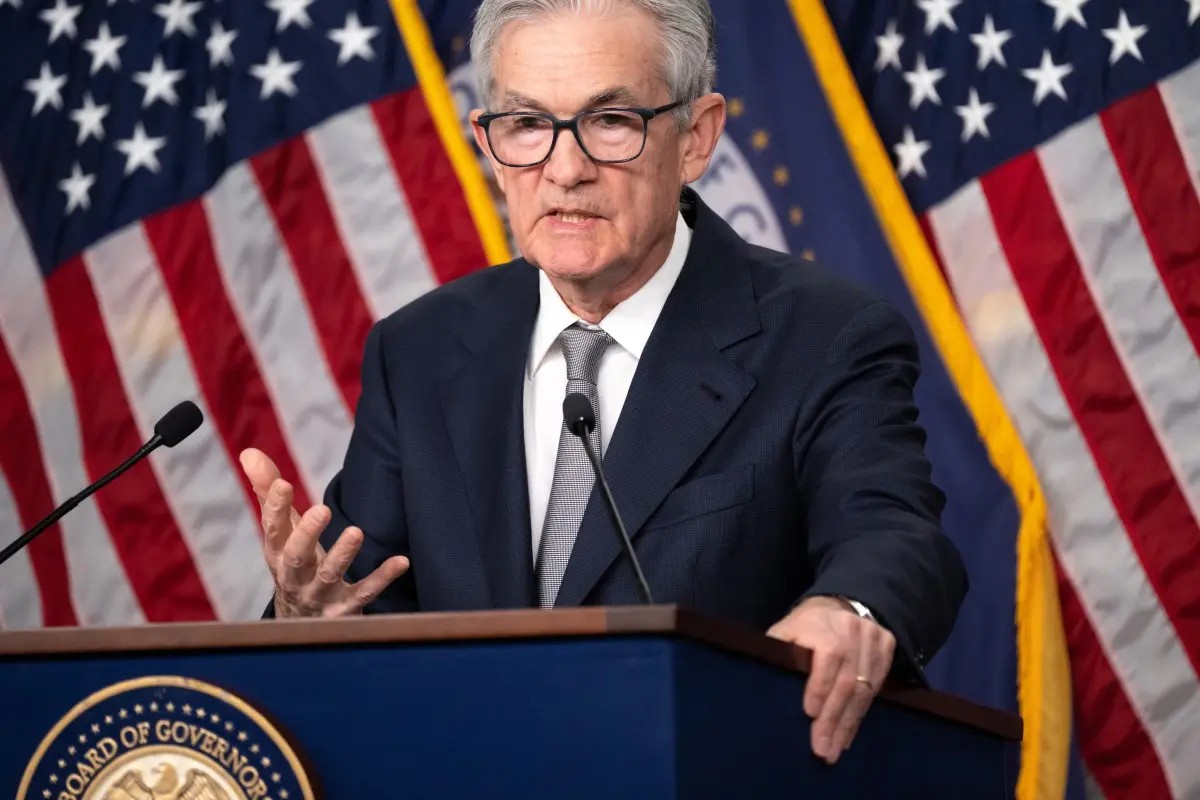The world's largest bond market took a fresh hit, with the yield on two-year U.S. Treasuries briefly hitting 5% after Jerome Powell signaled policymakers were in no rush to cut interest rates.
The Federal Reserve chairman said it may take longer for the U.S. central bank to gain the confidence to cut interest rates given the recent lack of progress in fighting inflation. Powell said it was appropriate to give the Fed's tightening policy more time to work.
Treasury yields rose to their highest levels in 2024, although bonds pared some losses as buyers emerged at the bottoms. The dollar posted its strongest five-day gain since October 2022. Stock indexes fell.
Jeffrey Roach of LPL Financial sees Powell's comments as suggesting the Fed is likely to keep interest rates at the same levels for longer than originally planned.
“If you’re looking for a little bit of dovishness, or dovish comments from Powell, don’t worry, he didn’t say anything like that,” said Andrew Brenner of NatAlliance Securities.
The S&P 500 fell to around 5,050. Bank of America shares fell as bad loan charges beat estimates, while Morgan Stanley rose on strong trading revenue. UnitedHealth Group led the Dow Jones Industrial Average higher after earnings.
A shift in Powell's message
Powell’s remarks represent a shift in his message after a key inflation gauge beat analysts’ expectations for a third straight month. They also show officials see no urgency in cutting rates, suggesting that any rate cut in 2024 could come relatively late in the year, if it happens at all.
“Inflation expectations haven’t deteriorated as much as the bond market thinks,” said Neil Dutta of Renaissance Macro Research. “If three months of weak inflation data has pushed them back, what would three months of better inflation do? All Powell is doing is following the market, taking three months of bad inflation data and assuming it into the future.”
Harris Financial Group's Jamie Cox argues that the Fed has the freedom to keep rates on hold longer while the labor market remains strong, consumption is unaffected, and the typical consequences of raising rates quickly are not felt in the economy.
Cox added: Markets need to focus on the fact that interest rates are sufficiently restrictive, rather than on the number of cuts that will be implemented.
The strength of the dollar is shackling the world
Mohamed El-Erian sees monetary policymakers around the world struggling to cope with a strong dollar and higher interest rates in the United States.
“Authorities around the world are a bit constrained in how to deal with the general rise in the dollar,” El-Erian, president of Queens’ College, Cambridge, and a Bloomberg columnist, told Bloomberg Television on Tuesday. “How do you deal with the general rise in interest rates in the United States?”
Federal Reserve Vice Chair Philip Jefferson said Tuesday that while significant progress has been made in reducing inflation, the Fed’s mission to sustainably return inflation to 2% is not over. His counterpart in San Francisco, Mary Daly, reiterated late Monday that there is no urgent need to adjust interest rates, citing strong economic growth, a strong labor market and persistently high inflation.
Rate cut bets shrink
After initially forecasting six rate cuts in 2024, or 1.5 percentage points of monetary easing, traders are now skeptical that a half-point cut will be made. Most Wall Street economists have also cut their forecasts, laying out a tough scenario for U.S. yields including a possible repeat of the 5%-plus rate they did in October.
Amid all the anxiety, the widely watched options-based MOVE index, which measures expected volatility in Treasury bonds, rose to its highest level since January.
Elsewhere, State Street Global Advisors is pushing back on the Fed's expectations of a rate cut as early as June despite a string of better-than-expected economic data that has prompted most traders to push their forecasts back to later in the year.
The asset manager remains convinced that the central bank will begin easing well before the U.S. presidential election in November to avoid influencing the outcome, according to chief investment officer Lori Haenel. Inflationary conditions still support the move given the lag in the effects of monetary policy and the deteriorating quality of recent data, she said.
Market risks
Exposure to stocks is now so high that any weakness is likely to lead to a bigger pullback once investors start paring their long positions, according to top Wall Street strategists.
The value of long positions in the S&P 500 index reached about $52 billion, 88% of which are in losses, a situation that Chris Montagu, a strategist at Citigroup, sees as a risk to the market.
Investors increased their allocations to stocks to a net 34% increase in positions, the largest since January 2022, according to a survey conducted April 5-11 among 224 participants with $638 billion in assets under management.
A separate note showed that Bank of America clients were net sellers of U.S. stocks for the third straight week.
Quantitative strategists led by Jill Carey Hall said in a note Tuesday that clients pulled a net $800 million from U.S. stocks in the five-day period through April 12 as the S&P 500 index fell during the week.
“The stock market correction is unfolding now due to tensions in the Middle East, rising bond yields and concerns about the delay in the Fed’s interest rate cut,” said James Demert of Main Street Research. “Stock prices should have been lower for some time.”
Huge liquidity
On the other hand, Robert Capito of BlackRock sees that the stock market is about to benefit from investors deploying huge cash liquidity.
There is about $9 trillion in money market funds and the same amount in cash alternatives at banks, Capito, the head of the world's largest asset manager, told the Asia Pacific Finance and Innovation Symposium in Melbourne on Tuesday.
“Rising bond yields are a sign that the global economy is resilient and corporate earnings are strong,” said Demert of Main Street Research. “While the strength of the economy and corporates may lead to fewer or no rate cuts in the foreseeable future, it is not something that will destroy this new bull market.”
In the early stages of a new business cycle, it’s earnings — not the Fed — that drive stocks. Earnings have been much better than expected, and we expect a similar outcome as we enter earnings season again.







































